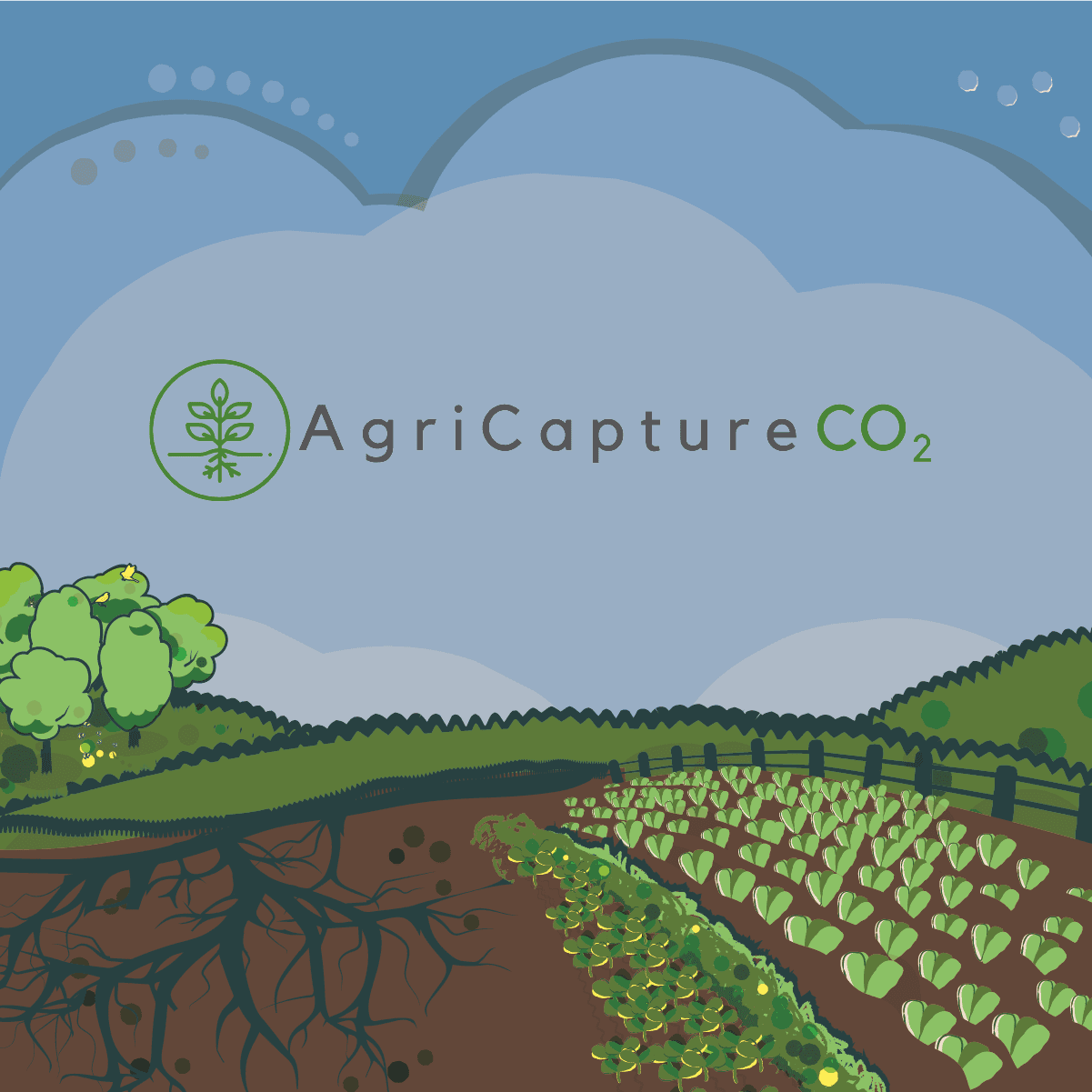Hedgerow Carbon Code
With British agriculture committed to reaching carbon neutrality by 2040, farmers are beginning the journey of how carbon accounts can be calculated for their farms. We may be familiar with the now well-established Woodland Carbon Code, which enables farmers and landowners to calculate the projected carbon storage of a newly planted wood over 100 years. But in 2021 the Allerton Project received a Natural Environment Investment Readiness Fund (NEIRF) grant from Defra and the Environment Agency to create a similar standard for our farm hedgerows.
There are some 402,000km of managed hedgerows in Britain, with an additional 145,000km of relict hedgerows in need of management. It’s estimated that together they store some 9 million tonnes of carbon valued at £65m at base carbon prices. There is enormous potential for this figure to be increased by filling up holes, restoring relic hedgerows and allowing hedgerows to grow outwards and upwards. Indeed, their unique linear and three-dimensional structure make hedgerows well suited to carbon sequestration; doubling their height and width can quadruple the carbon stored. Yet we need a way to calculate how much additional carbon can be stored by doing this.
We have developed a matrix which, by inputting the dimensions of any given length and composition of hedge, will calculate the carbon held therein (both above and below ground) and also project the impact of a given management regime for the long-term accumulation of carbon in the hedge. A further development of the calculator is hoped to be the inclusion of the carbon-rich soils most frequently found beneath them.
The concept of ‘additionality’ will be important when utilising the Hedgerow Carbon Code: only carbon sequestered by growing existing hedges out over the long term, or planting new hedges will contribute to the potential creation of carbon credits.


Accredited by Organic Farmers & Growers, it’s hoped that the Hedgerow Carbon Code will soon be commercially available for use on-farm, so that hedgerows can once again become valued elements across the farmed landscape, managed not only for biodiversity but for carbon too.





